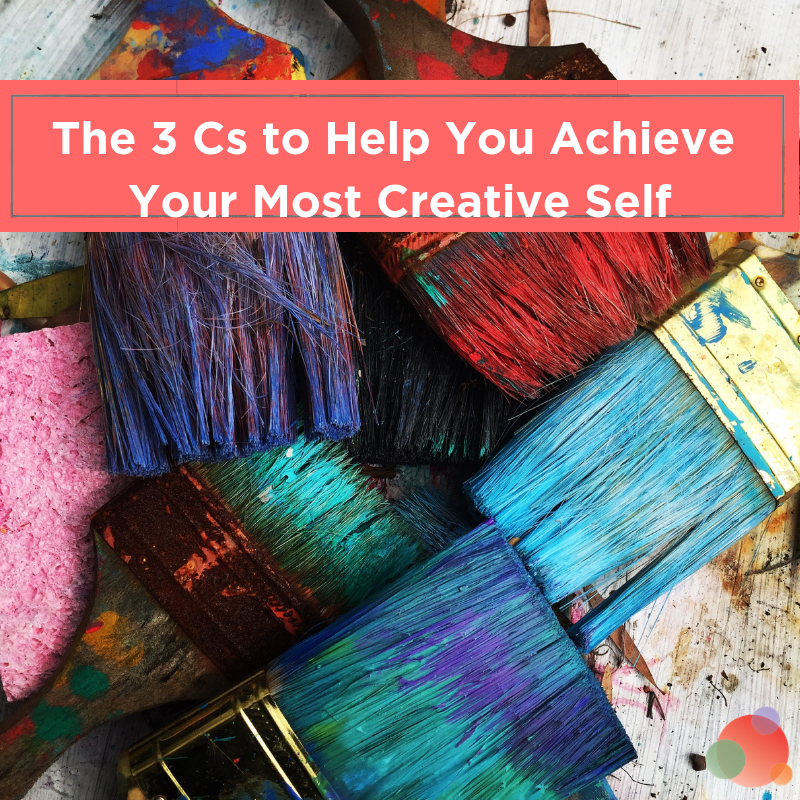 There’s something incredibly exciting about when you get…the idea.
There’s something incredibly exciting about when you get…the idea.
It doesn’t even matter what the idea is—a new system, a campaign idea, a job description, a policy. It’s that feeling of coming up with something, solving a problem, and being creative.
This isn’t always the easiest for the PR industry. We’re just not considered that creative, at least not compared to our advertising brethren.
But that reputation, that of being more stuffy, more buttoned up, more rule-follow-y isn’t deserved. There’s just as much possible creativity in PR as in other fields.
But even PR doesn’t really consider ITSELF that creative!
In a survey conducted by Creativity in PR, it was discovered that the industry isn’t really considered creative enough to keep up with changing technology, talent acquisition, and the ever-changing marketplace.
But this is more of a perception problem than a reality problem.
We need to prove our creative worth both at the personal and at the company levels.
The Three Cs of Creativity
So let’s talk about how to get creative.
There are three Cs to get you there:
- Curiosity
- Constraints
- Conflict
Curiosity in Creativity
Curiosity is the first and most important element of creativity.
If you don’t have an interest in learning, exploring, and experimenting, you’re going to find it very hard to come up with ideas, or find solutions to problems.
Like almost every other skill—and creativity IS a skill—you improve it with practice.
You should have a degree of curiosity about how things work, and why to maintain your own interest and subject matter knowledge. It’s not unlike any other skill you’d strive to achieve.
If you’re not in the habit of curiosity, you can cultivate it! Start reading more about your industry.
I was just telling a friend how much I like hanging around Joe Thornley, my Inside PR co-host, because he is so well-read. He reads things the rest of us don’t even consider.
He takes a holistic approach to his curiosity, which allows him to be extraordinarily thoughtful in his approach, both for his clients and for his own well-being.
I’m always amazed at the different layers he has in his curiosity…and I’ve known him a looooong time. He continues to impress me.
So take a page from Joe’s book and read as much as you can.
Start conversations about your topics of interest with smart people, and try to spend some time every day just thinking and learning about it.
As you do, you’ll naturally start to mentally expand on what you learn, and then the ideas will happen.
Constraint in Creativity
The next C is constraint.
It might sound a little counter-intuitive, but constraints, or restrictions on what you can do REALLY help with creativity.
They create a little challenge; some walls to bounce ideas off of.
It’s a hundred times harder to come up with something when you’re looking at a totally blank page then when you have a list of topics and a firm deadline!
In communications, we usually have a creative brief that outlines things such as goals, budget, and timeline.
These are the constraints you have to work in, and once you HAVE them, you find that you can.
Conflict in Creativity
And the last C is conflict, which is an experience lots of people avoid.
I’m not talking about screaming fights with thrown staplers and broken coffee mugs.
I’m talking about smart people with different knowledge and different skill sets who challenge you on your own ideas.
One of my favorite questions to ask my team (and it’s trickled down to my leadership team) is, “What do you think?”
I don’t do this to trap people or to make them look stupid. I do it because I truly want to know what they think is a solution to the challenge they’re presenting.
It also challenges them to think critically and to always come with solutions versus just the problem.
When people starting working with us, they get a little frustrated by it.
In fact, the business coach who taught me that trick did it to me and I wanted to yell, “IF I KNEW, I WOULDN’T BE ASKING YOU!” Alas.
Poking Holes In Your Ideas
Even still, not every idea is a winner, and not every first draft deserves to see the light of day.
When we’re isolated in our creative efforts, the results are lackluster, at best.
You need to share your ideas with people who probably won’t like them—or who will at least be honest with you about your flaws so you can hone your thinking, and produce better ideas (and projects, and campaigns, and pitches!).
I love to ask people to poke holes in my ideas.
Laura Petrolino is the worst person to ask for that help, though.
She’s all rainbows and unicorns and every idea is amazing.
So never ask her to poke holes in your ideas.
She’ll make you think you’re the most brilliant person on earth.
Rather, you want to feel uncomfortable and even a little pissed off, at what the person is telling you. THAT is a good hole poker.
(And I’m only half-joking about Laura. She IS all rainbows and unicorns, but if she thinks your idea sucks, she’ll tell you in a way that makes you feel like you poop glitter.)
Your Own Creativity
So, what’s the most creative thing you’ve done lately?
It doesn’t have to be work-related! I’ve been spending a good amount of time at bedtime working on oil paintings in Procreate on my iPad.
I’m an amateur at best, but it’s honing my creativity in a way that is exceptionally helpful at work.
Have you taken up a new hobby, come up with a great campaign, instituted something new with your team?
Tell us in the comments below or join the Spin Sucks community and we can chat there.